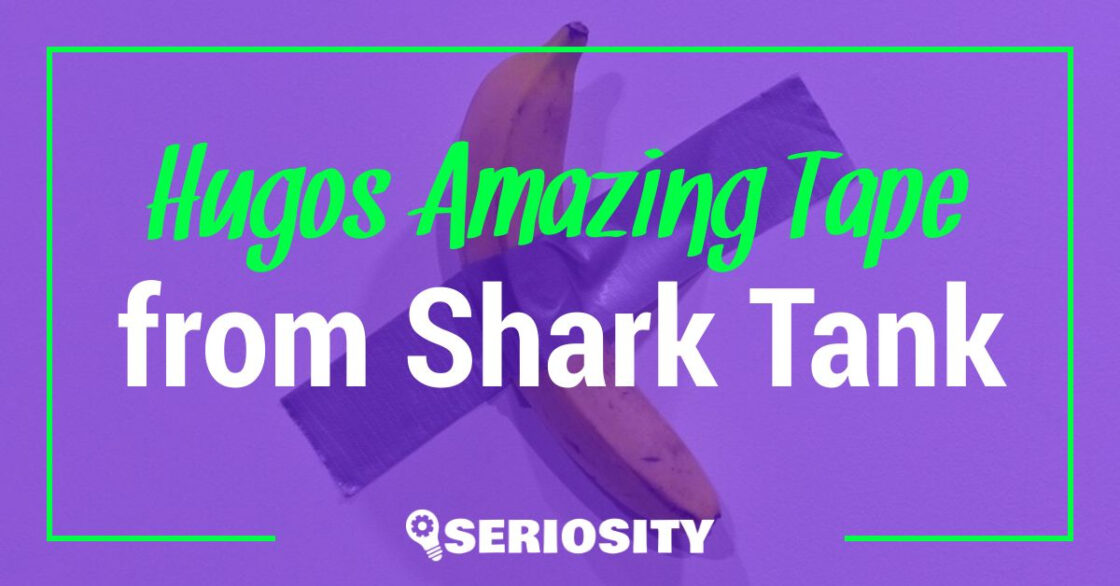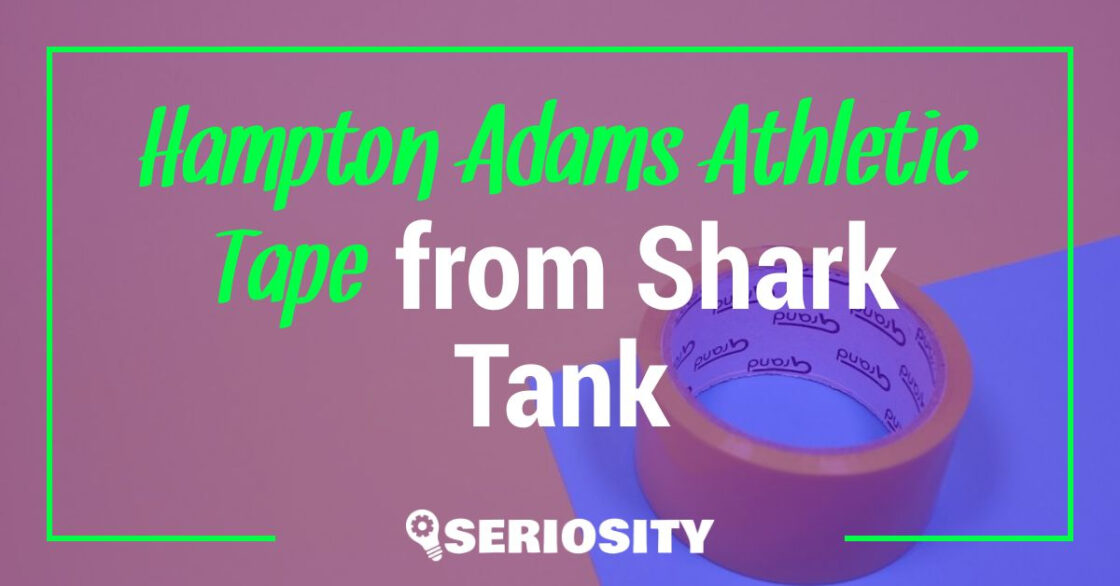GrooveBook is an app for printing photos that also provides a subscription service. Using these, you can develop your customized photo books that have up to 100 featured photos. Each month, your personalized book can be shipped to you.
The well-known photo printing brand Shutterfly had acquired it for $14.5 million.
Besides its high number of subscriptions, GrooveBook is also known for its Shark Tank appearance. It is here that Brain and Julie Whiteman marketed their distinct-looking photo books. They have a groove on the side to impart flexibility and bring down printing costs.
Are They Still an Active Company?
No. after the acquisition by Shutterfly, the company was closed.
How Did the Shark Tank Pitch Go?
The founders of GrooveBook Julie and Brian Whiteman stepped into the Shark Tank where they sought investment of $150,000 in return for 20 percent ownership in the brand.
The duo struck a deal with Kevin O’Leary and Mark Cuban who had agreed to provide $150,000 in return for an 80 percent stake in the business.
Following their Shark Tank appearance, subscriptions rose dramatically. Annual revenue exceeded the $500,000 mark. In other words, the Shark Tank appearance gave them the exposure they needed to grow as a brand.
In the year that followed their Shark Tank appearance, Groovebook’s subscriber base had soared to more than 500,000. While the annual profit had gone above $4 million.
Soon after, Shutterfly provided them with an offer that they couldn’t refuse. The photo publishing giant Shutterfly offered to buy Groovebook for $14.5 million to which the couple promptly acquiesced. When the deal closed, it was deemed the largest in the history of Shark Tank. This deal happened back in November 2014. As a result of this deal, GrooveBook counts as one of the biggest Shark Tank success stories.
Our Review of GrooveBook
Before appearing on the show, GrooveBook had gained more than 18,000 subscribers in a time frame of just 8 months. But after appearing on the show, the brand was able to capitalize on its exposure. Hence they grew their subscriptions to more than 500,000 paid users following their Shark Tank appearance.
According to Shutterfly, after the Shark Tank episode, GrooveBook broke the 1 million download mark while reaching 200 million uploads for photos. The GrooveBook subscriber base has now expanded to more than 15 times the amount that existed at the time of the Shark Tank episode.
The app was once available on the App Store and Play Store but has been discontinued following the acquisition. When the app was available, it allowed users to leverage their phones so that they could make photo books out of images stored on their phones. GrooveBooks measuring 4.5 inches by 6.5 inches would then be shipped for around $3 each month.
The concept was no doubt interesting and it had evoked much public interest. However, delivering the quality demanded proved to be troublesome for the brand. Even at its height, there was no shortage of negative reviews. The app rating stood at around 3 which is very modest considering how widespread the app became. This was mainly due to problems like the poor paper quality of the photo books and the inherently low picture quality. An array of technical problems also plagued the app.
GrooveBook had hoped to harness Shutterfly’s platform to grow nationwide. Due to the extent of its operations, Shutterfly enjoys economies of scale that were previously not available to GrooveBook. This could have helped bring costs down and improve the slim profit margin. GrooveBook’s motivation for joining Shutterfly was that it would be able to leverage its resources and large scale of operations to become profitable.
GrooveBook also stood to benefit from utilizing the mature technology platform that Shutterfly possessed.
Shutterfly has acquired several apps in the past and made them quite profitable while scaling up its operations. These include BorrowLenses, Wedding Paper Divas, Treat, MyPublisher, Penguin Digital, Tiny Prints, R and R images, ThisLife, and others. GrooveBook is among the numerous photo-based apps and startups that the photo publishing giant has bought over the years.
GrooveBook Pros
- Very cheap
- Safe alternative to online images
- Biggest Shark Tank success story
GrooveBook Cons
- Closed
Who is GrooveBook for?
GrooveBook is for anyone who takes pictures and wants to keep them safe. That includes pretty much all of us. Just about everyone these days take pictures. However, you must store your pictures safely in case your phone gets lost or stolen. This is what inspired GrooveBook’s founders while they made the brand.
GrooveBook cofounder Julia Whiteman had lost her phone and with that, all her precious images were gone. She then firmly pledged to make a reliable solution for keeping your most precious pictures safe so that no one will have to go through this traumatizing experience. And thus Groovebook became a reality. Sure, you can always upload and backup your images to the cloud.
But there is nothing quite like having your photo book within easy reach. This is what GrooveBook was all about. But due to unknown reasons, it closed down even after the $14.5 million deal with Shutterfly.
Are There Any Alternatives?
There are plenty of alternatives to GrooveBook. These include.
- Chatbooks
- Mixbook
- Blurb
- FreePrints PhotoBook
- Motif
- Recently
- Snapfish
- Shutterfly
- Artifact Uprising
- CVS Print Photos Now
One of the most popular photo-sharing apps these days is Shutterfly, the brand that acquired GrooveBook.
There is much to like about this major digital photo developer app. Using this app, you can create and develop photo books, personalized photo prints, invitations, photo cards, and wall art with ease.
Our Final Thoughts
The GrooveBook review explained the highs and lows of the photo book brand, how it fared, the pinnacle of success it reached, and finally its mystifying closure. However, it’s not something to fret over since there are so many alternatives these days.





